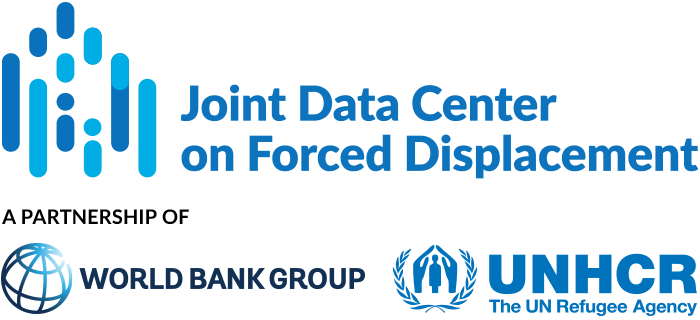This paper investigates the factors associated with Rohingya girls’ likelihood of attending temporary learning centers (LCs) in refugee camps in Cox’s Bazar, Bangladesh. Cox’s Bazar hosts nearly one million Rohingya refugees from Myanmar.
The analysis is based on a 2021 survey collected from 15,935 individuals in 3,165 households and 33 refugee camps, representative of the Rohingya population at the camp level. The analysis is limited to primary (ages 5 to 9) and lower-secondary (ages 10 to 14) age groups.
The author examines nine potential risk factors including: (1) sexual abuse and violence; (2) child marriage; (3) psychological distress or trauma; (4) child labor; (5) recruitment by armed groups; (6) kidnapping; (7) community violence; (8) domestic violence; and (9) unsafe shelter. Descriptive statistics showing that compared to boys, girls tend to be at a greater risk of experiencing certain factors such as sexual abuse/violence, child marriage, psychological distress and trauma, and violence at home. The author controls for disability status, engagement in income generation activities, receiving remittances, age group, household size, and camp fixed effects.
Main findings:
- Girls at a higher risk of sexual abuse and violence, child marriage, and psychological distress or trauma are less likely to attend LCs. Girls experiencing sexual abuse and violence are 3 percentage points less likely to attend LCs. Girls experiencing child marriage are 4.4 percentage points less likely to attend LCs. Psychological distress or trauma lowers the probability of girls’ LC attendance by 5.4 percentage points. Other risk factors such as child labor, recruitment by armed groups, kidnapping, community violence, domestic violence, and unsafe shelter are not significantly associated with LC attendance.
- Disability is strongly associated with a decreased chance of attendance by around 39 percentage points.
- Boys at higher risk of child marriage and psychological distress or trauma are also less likely to attend LCs. However, sexual abuse/violence is associated with higher attendance among boys, possibly as a coping mechanism.
- The combined effect sexual abuse, child marriage, and psychological distress appears to compound the effect and reduce the likelihood of girls’ attendance at LCs. This is not the case for Rohingya boys.
- Certain refugee camps pose a higher risk for Rohingya children, especially sexual violence against girls. Risk factors explain about 37 percent of between-household variation in girls attending LCs, but do not explain between-camp variation. Camp fixed effects significantly reduce between-household variation, indicating disparities within camps, and decrease household variance for boys’ LC attendance.
The author concludes that girls are less likely to attend LCs if they are at risk of sexual abuse, child marriage, and psychological distress or trauma. These factors explain substantial variation in girls’ LC attendance between camps and between households. In addition to providing more schooling opportunities to Rohingya children, prioritizing girls’ safety, protecting them from child marriage, and supporting their psychological well-being require increased policy attention.


